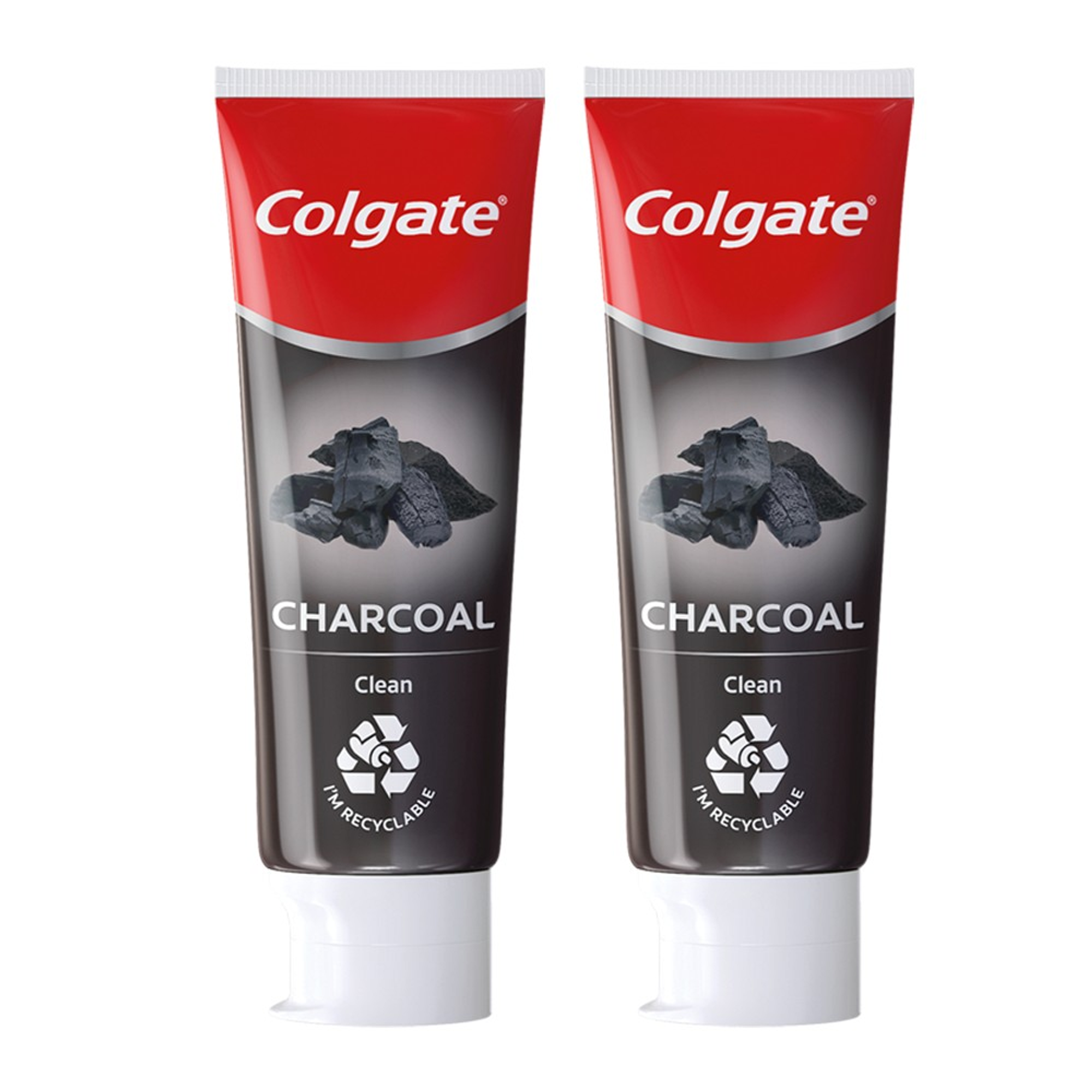What is amalgam?
Amalgam is a combination of metals that has been the most popular and effective filling material used in dentistry for the last 150 years. Although it sometimes is called "silver amalgam," amalgam actually consists of a combination of metals. These include silver, mercury, tin and copper. Small amounts of zinc, indium or palladium also may be used.
Tooth-colored materials now can be used to restore teeth. Therefore, amalgam is used less often than in the past. However, the newer materials can't be used for all situations. Amalgam is less costly than other materials. It also holds up better over time, especially in teeth that undergo a lot of pressure and wear from chewing.
How safe is amalgam?
Millions of people have amalgam fillings. Concern has been raised over the mercury in amalgam.
Many studies on the safety of amalgam fillings have been done. In 2009, the U.S. Food and Drug Administration (FDA) evaluated this research. It found no reason to limit the use of amalgam. The FDA concluded that amalgam fillings are safe for adults and children ages 6 and above.
However, some groups asked the FDA to reconsider. That review is under way.
See the FDA's amalgam information page to learn more.
Why is mercury used in amalgam?
Mercury is used in amalgam because it helps make the filling material pliable. When it is mixed with an alloy powder, it creates a compound that is soft enough to mix and press into the tooth. But it also hardens quickly and can withstand the forces of biting and chewing.
Why the concern about mercury in amalgam?
Mercury is a metal that occurs naturally in the environment. Mercury can exist as a liquid, as in many thermometers. When heated, it becomes a gas. It also can be combined with many other materials.
Everyone is exposed to mercury through air, drinking water, soil and food. Concerns have been raised, for instance, about the amount of mercury building up in fish as a result of pollution. Mercury enters the air from industries that burn mercury-containing fuels. Mercury from all sources can build up in body organs.
As with most substances, the degree of harm caused by mercury in the body is related to the amount. Very low levels don't cause any ill effects. At higher levels — for instance, when workers are exposed to mercury through their jobs — mercury can cause several symptoms. These include anxiety, irritability, memory loss, headaches and fatigue.
The controversy over amalgam centers on how much mercury fillings released and how much the body absorbs. In the past, amalgam fillings were thought to be inert. This would mean that no mercury was released once the filling was placed in the tooth. In recent years, sophisticated tests have changed this view. Very small amounts of mercury in the form of vapor can be released as the amalgam filling wears.
Research on this issue is complex and has arrived at various estimates of the actual amount of mercury released. However, several reviews of the research have concluded that any amount released from amalgam in the mouth is very low.
Studies have shown that the amount of mercury you are exposed to from your fillings is less than the amount that most people are exposed to in their daily environment or in the food they eat.
Should pregnant women be concerned about amalgam fillings?
Research has not shown any health effects from amalgam fillings in pregnant women. However, mercury can cross the placenta. In general, dentists advise pregnant women to avoid unnecessary dental care. Women should not get amalgam fillings during pregnancy. Dentists can suggest other materials for any pregnant woman who needs a cavity filled.
Should anyone else consider alternatives to amalgam fillings?
Concerns about mercury are related to the total amount of mercury absorbed from all sources. Therefore, some people who have high exposure to mercury may want to avoid amalgam. Examples may include people who are exposed to mercury through their jobs, or who eat large amounts of seafood.
If amalgam is safe, why does my dentist take precautions when handling it?
Because dentists work with mercury almost every day, they must take safety precautions. Without protection, dentists can inhale mercury vapors. Over time, this exposure can produce symptoms of mercury toxicity.
To make dental amalgam, dentists mix liquid mercury with a powder containing silver, tin and other metals. Dentists buy special capsules that contain the powder and the liquid mercury, separated by a membrane. They use special machinery to puncture the membrane and mix the amalgam while it is still in the capsule. Once mixing is complete, the capsule is opened. By the time the amalgam is placed in your tooth, the mercury has formed a compound with the other metals. It is no longer toxic.
If you are getting an amalgam filling or having one removed, your dentist will use high-powered suction to remove any excess amalgam from your mouth. Dentists' offices have special disposal systems for any extra amalgam. Special traps in the sink drains and in the suction tubes prevent amalgam from entering the plumbing system.
Are there alternatives to amalgam?
There is now a dental amalgam that contains indium as well as mercury. The indium helps retain the mercury so that less is released into the environment. There are also high-copper amalgams. They contain less mercury and more copper.
Dentists use other materials to restore teeth. These include composite resin, porcelain and gold. Amalgam is stronger than composite resin and requires less time in the dentist's chair. Composite resin is a tooth-colored material. Because it wears faster than amalgam, composite resin can't be used in every situation.
Should I visit an amalgam-free practice?
It is not necessary to seek treatment at a practice that does not use mercury. However, if you have a mercury allergy, you may want to consider it. If you have any concerns about amalgam fillings, talk to your dentist about them. Ask your dentist whether alternatives to amalgam would work for you.
Should I have my amalgam fillings removed?
You should replace amalgam fillings only when they are worn, broken or when there is decay beneath the filling. There's no evidence that they can cause a problem.
Removing good amalgam fillings results in unnecessary loss of healthy parts of the tooth and can release more mercury. If you are concerned about amalgam, discuss your options with your dentist.
05/12/2014
© 2002- 2018 Aetna, Inc. All rights reserved.















